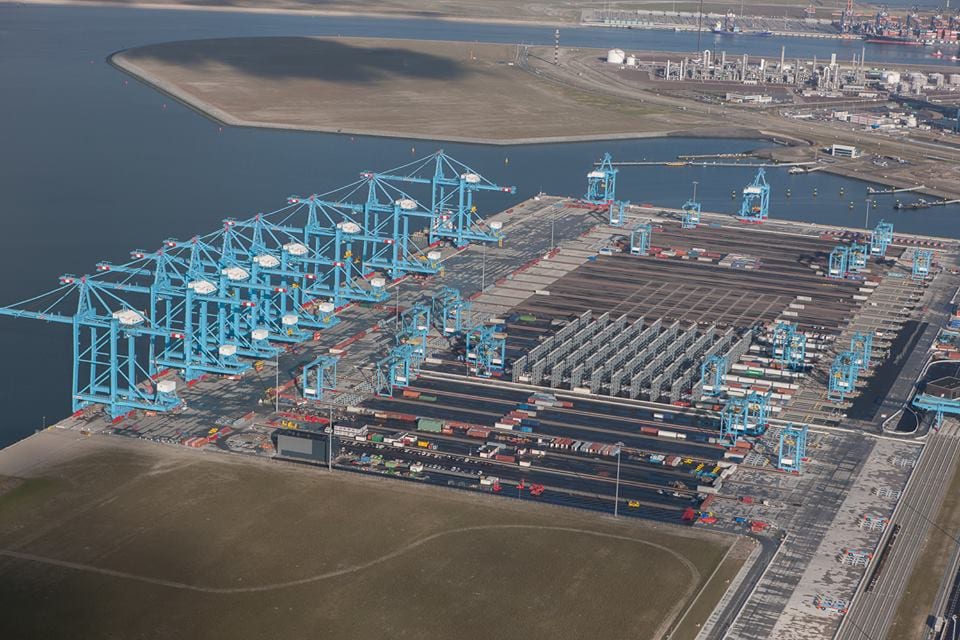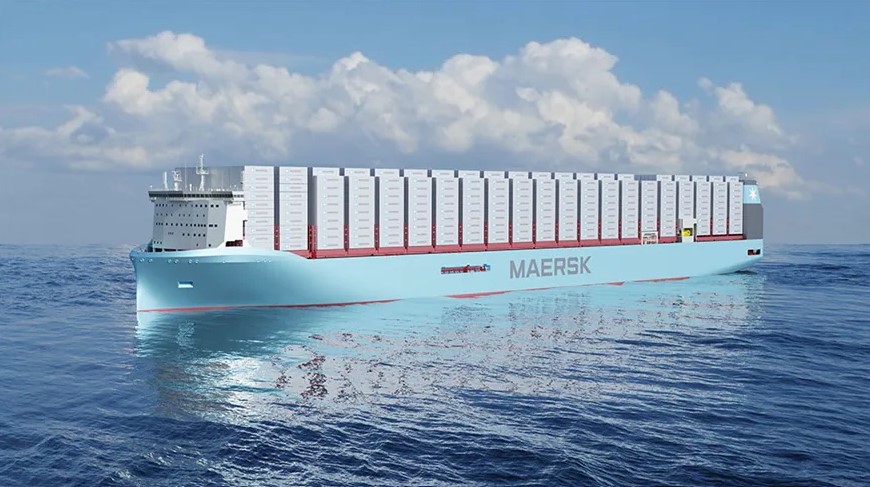While ports are right in looking to protect their information technology (IT) networks, they are remnded to not neglect their operating technology (OT) systems if they want to stay safe from potential cyberattacks, writes Brian Dixon
As the ports sector becomes ever-more digitalised, so the need for it to deploy effective cyber security measures correspondingly escalates. Moreover, it’s not just large ports that could find themselves within the crosshairs of a potentially costly and catastrophic cyberattack. “Cybersecurity is crucial for the safe and efficient running of any port,” says Ital Sela, CEO of Naval Dome, an Israel-headquartered provider of maritime cybersecurity systems.
“The cyber threats a port faces are attacks on its OT systems and networks and on its IT networks. We are witnessing more and more cyberattacks on ports,” he warns, noting that this past February 18 “an alert about a cyberattack on OT systems across the US was issued by [the Cybersecurity and Infrastructure Security Agency (CISA)] due to [a ransomware] attack on a pipeline”.
However, when it comes to protecting themselves from cyber threats, Sela notes that ports and terminals often make the mistake of solely focussing their efforts on protecting their IT networks, erroneously thinking that this is all they need to do. “In order to be resilient to cyberattacks it is important to protect the OT system and OT network as well as the IT. Only by protecting the OT system itself can one be protected from internal cyberattacks,” he says, identifying technicians and system operators as potential albeit mostly unintentional vectors of attack.
“Another common mistake is to believe that the human factor is part of the solution,” he continues. “We believe that when it comes to protecting critical OT systems, the human factor is part of the problem since no matter how much training you invest, a mistake will happen. Therefore, the cyber solution must take the human factor out of the equation.”
Having previously focussed on protecting shipping via its eponymous multi-layered cyber defence solution, the company has now further developed its portfolio to include Port-Dome. “Port-Dome is designed to protect the port OT systems and network and has prevention capabilities as well as detection and alert. Port-Dome protects against internal attacks as well as external attacks. There is an option to connect the Port-Dome to a Naval Dome dashboard that allows the technician to remotely service the protected systems and lowers the service costs by 60%,” he says.
Moreover, the company has now signed a deal to deploy Port-Dome at the Port of Ashdod, Israel’s largest container port, to protect its critical OT systems. Once initial pilot trials have been completed, the Port-Dome system will be rolled out across the port’s entire network in a move that will cover all vessel traffic control systems, berths, bridges, locks and gates, terminal cranes and storage facilities as well as all access points and gateways.


































